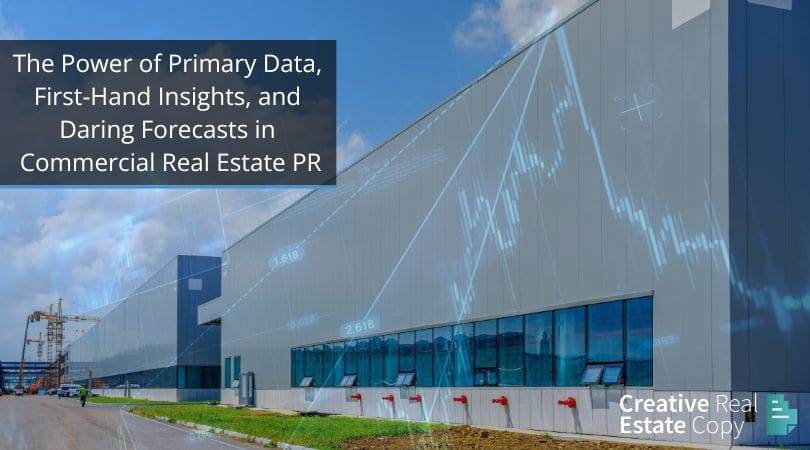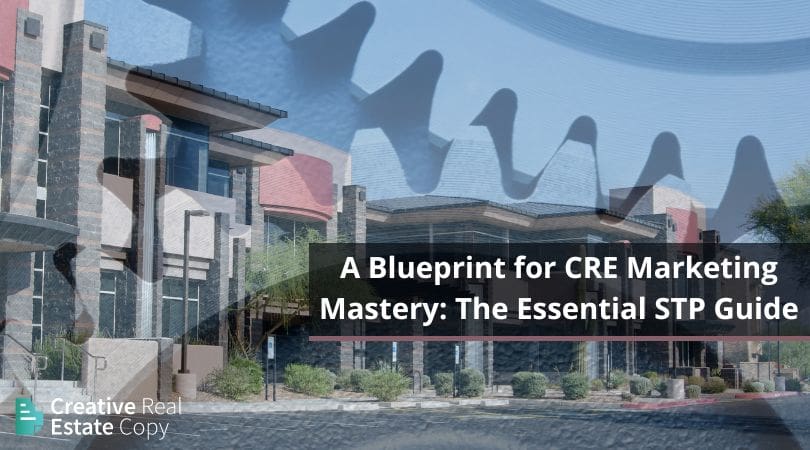Slow, linear growth is frustrating.
Sure, there’s comfort in steady progress — a new client here, a closed deal there. But you didn’t step into the high-stakes world of commercial real estate to settle. You’re here to scale, dominate your niche, and leave competitors wondering how you’re outpacing them.
Linear growth won’t get you there.
To reach the kind of success you’re aiming for, you need exponential growth — the type that compounds over time, turning small wins into massive momentum.
How do you leap?
Doing more isn’t the solution. Focusing on the right actions, executed consistently, builds credibility, trust, and efficiency.
Here’s how it works:
What is exponential growth, and why does it matter?
Linear growth is simple. You put in the effort; you get a result. Want more results? You put in more effort. But time and energy are finite resources.
Exponential growth, on the other hand, takes the same amount of input (or even less over time) and multiplies the output. It’s like compounding interest for your business. A carefully aligned combination of brand positioning, marketing strategy, and operational efficiency creates a self-sustaining engine.
As your credibility and brand recognition grow, your campaigns don’t just get more effective — they get cheaper. A trusted brand doesn’t have to work as hard to attract attention.
Why your brand and revenue goals need to be aligned
Your brand is your business.
You can have the best services or properties in the world, but if no one knows about them — or worse, if they don’t trust you — you’re stuck hustling for every lead.
A strong brand changes that.
When your brand is positioned as a leader, it does the heavy lifting for you. Prospects find you, investors trust you, and clients remember you.
Every dollar you spend on marketing delivers a bigger punch: Your cost-per-lead drops, and ROI skyrockets. That’s the magic of aligning your brand and revenue goals.
Five pillars of exponential growth
If you want to shift your growth from linear to exponential, you need to rethink how you approach key areas of your business.
-
Data-Driven Marketing: Stop Guessing
Effective marketing is centered on understanding your audience — what they need, where they spend their time, and what motivates them to act.
Data is your best friend here. Dive into analytics to uncover patterns. Test different messaging, channels, and strategies. When you focus on what works, you stop wasting money on what doesn’t.
-
Scalable Systems: Work Smarter, Not Harder
Trying to do everything manually is a one-way ticket to burnout. Tools like CRM systems, email automation, and AI-driven analytics aren’t luxuries but necessities.
These systems free up your time, reduce human error, and ensure consistency across every touchpoint. And here’s the thing about exponential growth: it relies on efficiency. You can’t scale chaos.
-
Thought Leadership: Own Your Expertise
If you’re not positioning yourself as a leader in your niche, you’re missing out on one of the most potent drivers of exponential growth.
Thought leadership is about more than blogging or tweeting your opinion. It’s about delivering insights that your audience can’t get anywhere else. Whether writing a market report, speaking at an event, or sharing case studies, thought leadership builds trust and differentiates you from the crowd.
Over time, this credibility makes everything easier — closing deals, attracting investors, and recruiting top talent.
-
Strategic Partnerships: Amplify Your Reach
Why go it alone when you can partner with other brands, investors, or industry leaders to expand your influence?
Strategic partnerships allow you to tap into new networks without doubling your marketing spend. Whether co-hosting a webinar, sharing resources, or collaborating on a project, partnerships create mutual value and exponential visibility.
-
Brand Consistency: Be Memorable
Let’s talk about consistency. It’s one of a strong brand’s most underrated (and misunderstood) elements.
Consistency doesn’t mean boring. It means that whether someone lands on your website, sees a social media post, or meets you at a networking event, they know exactly what you stand for.
People remember you when your message, tone, and visuals are cohesive. And in a competitive market like CRE, being memorable is half the battle.
The exponential growth advantage: Cost-efficiency over time
Here’s where things get exciting.
As your brand position strengthens, your campaigns naturally become more cost-efficient. Why? Because trust is priceless.
A recognized, credible brand doesn’t have to shout to be heard. Instead of spending thousands to convince someone to listen, you’re seen as the obvious choice from the start.
This compounding effect means that every dollar you invest today delivers more ROI tomorrow. It’s not magic — it’s strategy.
A real-world example of exponential growth
Take Sarah, the founder of a boutique investment firm specializing in multifamily properties.
When Sarah started, her marketing was a mix of trial and error. She spent thousands on ads that didn’t convert and juggled a chaotic team trying to keep up with social media, email campaigns, and investor pitches.
Her brand was fragmented, results were inconsistent, and burnout was on the horizon.
But then Sarah shifted gears. She streamlined her operations with scalable systems, started publishing thought leadership content, and partnered with a PR agency to build her credibility.
Six months later, Sarah’s pipeline was overflowing, and investors were coming to her. Her cost-per-lead dropped by 40%, and her ROI on ad spend doubled.
She finally had the time and energy to focus on the bigger picture — growing her business.
How to get started
You don’t need to overhaul everything overnight to start seeing results.
Take one step. Maybe it’s refining your brand message. Perhaps it’s automating a repetitive task. Maybe it’s writing an article that shares your expertise.
The key is consistency. Each small action builds on the last, creating the foundation for exponential growth.
Your path to scale
Exponential growth comes from working strategically and intentionally, not just harder. Creating systems that amplify your efforts, you can unlock results that compound over time and exceed your expectations.
The tools and opportunities to make this shift are already within your grasp.
What’s your next move to turn potential into momentum?









